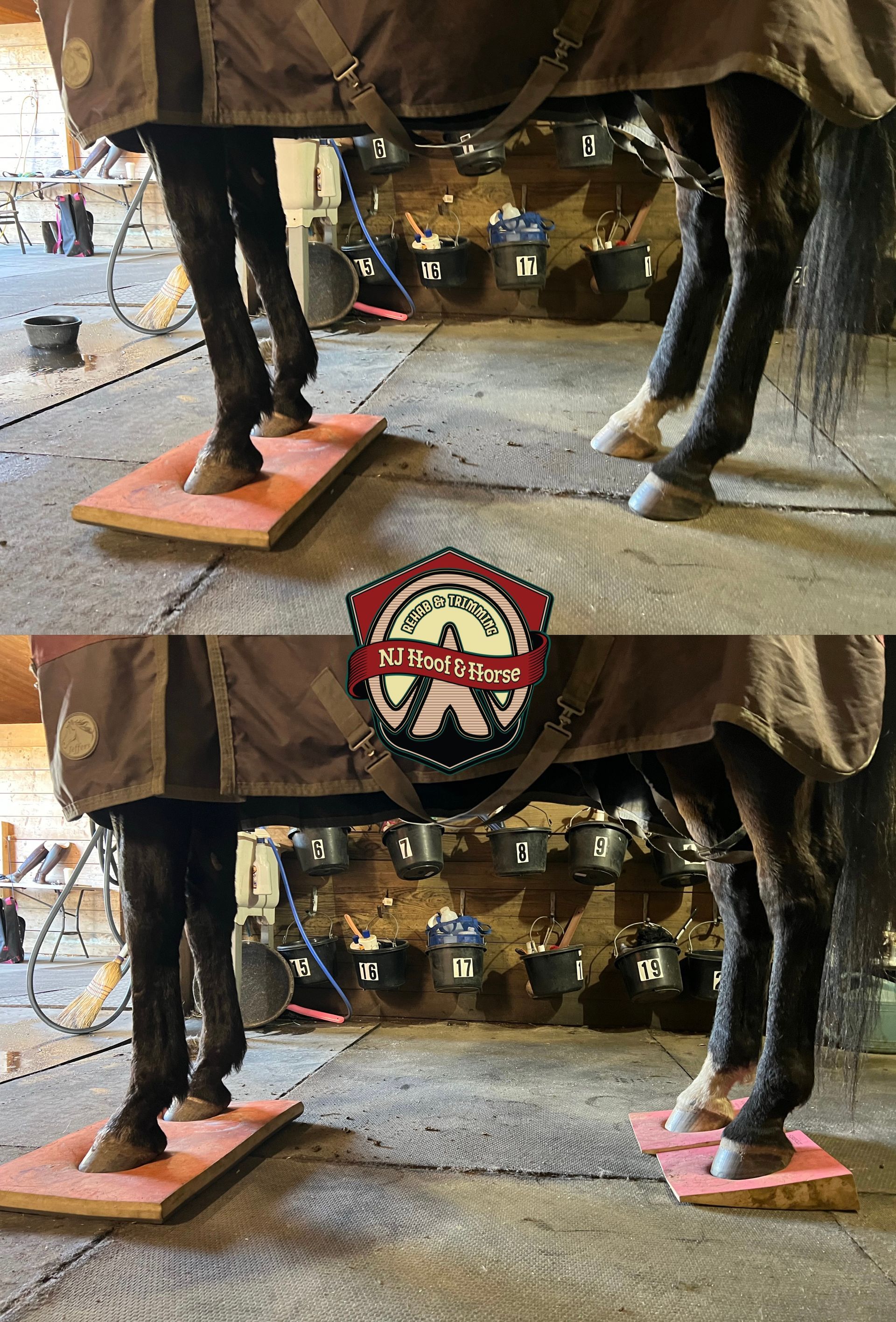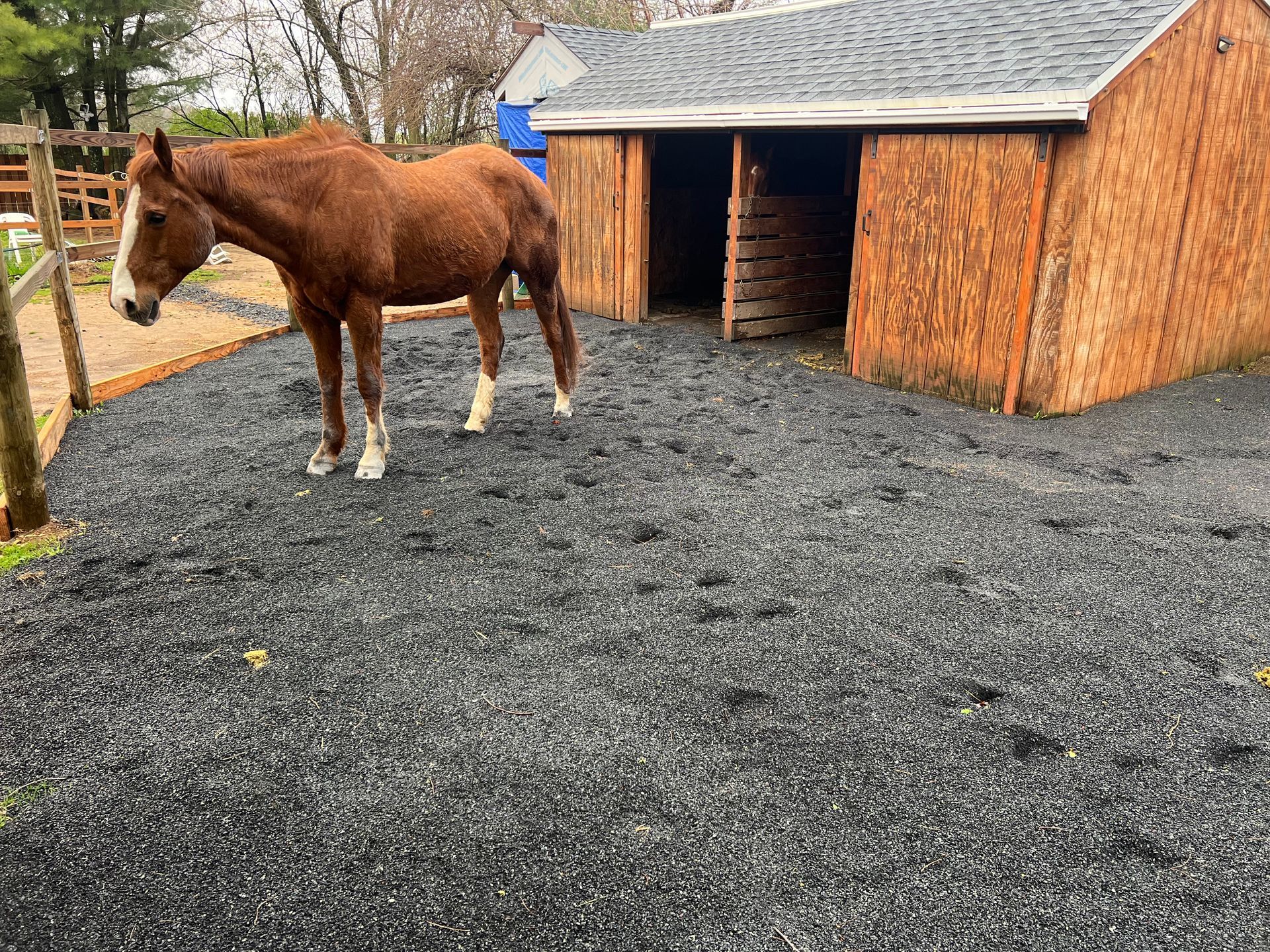Buying a horse? Ask your farriers opinion!
One Minute Discussions #16
Discussing Natural Hoof & Horse Care
BUYING A HORSE? ASK YOUR FARRIERS OPINION!
I’ve seen a lot of instances when owners buy “healthy” horses and then after their purchase discover a ton of health (including hoof) problems.
To avoid this, please, always ask your farrier and vet to look at the horse before the purchase.
That horse that you’re planning to buy for barrel races may not be the best choice if he/she has pigeon toes or club feet. And the horse you want to buy for rough trail rides may show sub-clinical laminitis signs that you may not notice, but your farrier and vet can point it out to you!
Of course if you’re saving a horse from neglect then it’s logical to expect at least some health difficulties. But in other cases, ask a pro for help!
Denys A.

